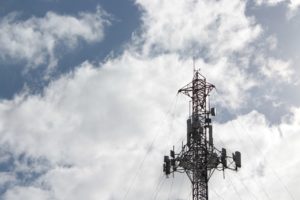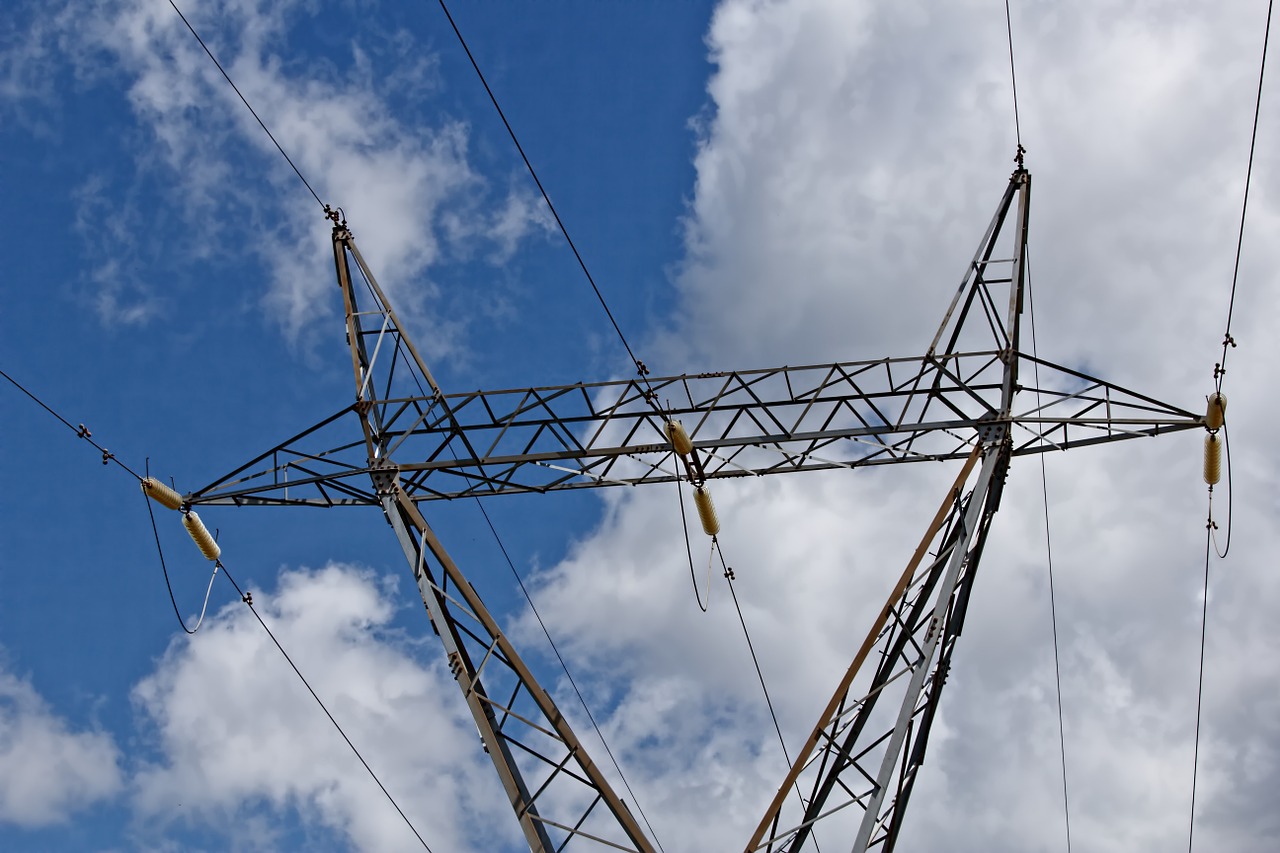For many people around the world, it’s easy to take electricity for granted, but that’s never been the case for Afghanistan. Of the country’s more than 30 million people, three-quarters of whom live in rural areas, only 30% currently have reliable access to electrical grid power. And even that figure is a dramatic improvement from 15 years ago, when decades of conflict and resulting infrastructure damage had left just 5-6% of Afghans connected to a power source.
It’s this long history without a stable or reliable source of power that has many Afghans so excited about Bayat Power’s new Independent Power Producer (IPP) program.. Under this program, which is 100% privately financed, Bayat Power will construct a new gas-fired power plant in the provincial capital of Sheberghan, an area known for its rich gas and fossil fuel reserves. Starting with an initial infusion of 50 MW of power into Afghanistan’s grid, the plant will scale up over the three phases to provide more than 200 MW of power over an operational life span of more than 20 years.
This level of power capacity promises to make a substantial contribution to the benefits and positive changes that increased electrical distribution and access has been bringing to Afghanistan in recent years. Following the introduction of lower-cost grid electricity to Kabul in 2009, for example, many Afghans found their lives completely transformed by this new, nearly uninterrupted source of power. Read on for a closer look at some of the amazing changes that increased electricity access has brought, and will continue to bring, to Afghanistan.
Boosting businesses
 Thanks to Kabul’s steadier electricity supply, many companies in the city have been able to completely change the way they do business. Many factories, for example, previously had to rely on generators to power their operations—generators that were run on imported, and therefore costly, diesel fuel. A recent report by the Asian Development Bank on Afghanistan’s energy system introduced readers to the owner of a sandal-making factory in Kabul who estimated that his monthly fuel bill is even more expensive than the monthly labor costs of his workers.
Thanks to Kabul’s steadier electricity supply, many companies in the city have been able to completely change the way they do business. Many factories, for example, previously had to rely on generators to power their operations—generators that were run on imported, and therefore costly, diesel fuel. A recent report by the Asian Development Bank on Afghanistan’s energy system introduced readers to the owner of a sandal-making factory in Kabul who estimated that his monthly fuel bill is even more expensive than the monthly labor costs of his workers.
Because of these fuel expenses, many Kabul factories had no choice but to close, unable to compete with the cheaper cost of goods produced in other countries. However, reliable, relatively inexpensive electricity now means that manufacturers can produce their wares at a lower cost, which results in a host of economic benefits for Afghanistan, including greater profits for companies, cheaper goods for consumers, and more jobs for people in need of work.
In addition, the new level of access to electricity is driving demand for appliances and products that need power to operate. Appliance store owners, for example, are selling more televisions than ever now that most households no longer need a generator to run them. Many household appliances, and even electric lightbulbs, are also seeing similar surges in popularity, thus boosting the profitability of small shop owners selling these products.
Driving innovation
Modern technology depends completely on a steady source of electricity; without this, it’s impossible for individuals, businesses, and economies to keep up with the pace of progress elsewhere. Now that Kabul is connected to a nearly uninterrupted electricity source, Afghanistan’s information and communications technology sector has experienced booming growth. Telecommunications companies are now serving millions of subscribers, Internet access is spreading throughout the country, and digital entrepreneurs are successfully launching new products in both domestic and international markets.
A particularly important turning point marking the beginning of a bright technological future for Afghanistan came in June 2015, when Afghan Wireless, the Afghan Expo Center, and the Ministry of Communications and Information Technology jointly hosted KITEX 2015, Afghanistan’s first-ever information and communications technology exhibition.
Helping young people learn
Steady electricity is having a big impact in classrooms and university lecture halls all around Kabul. Before grid electricity was introduced in 2009, Kabul’s universities and other academic institutions were forced to close early in the afternoon, as there was literally no power to keep the facilities running.
Now, thanks to the uninterrupted power supply, Kabul University can offer evening classes, thus broadening access to education for the city’s residents. In addition, classroom conditions have improved in many Kabul schools through basic, but vital, amenities such as electric lights and fans. A well-lit room at a comfortable temperature makes it easier for students to study and concentrate.
Improving air quality
The previously high use of diesel generators may have provided power to those who could afford them, but otherwise their effects on the Kabul area were far from beneficial, as they were major contributors to the city’s smog problem. Similarly, homes and classrooms where people once had to burn fuel to produce light suffered from constant poor air quality. Now that electricity has decreased this reliance on generators and fuel burning, Kabul’s air quality is improving, and health side effects are reduced.

